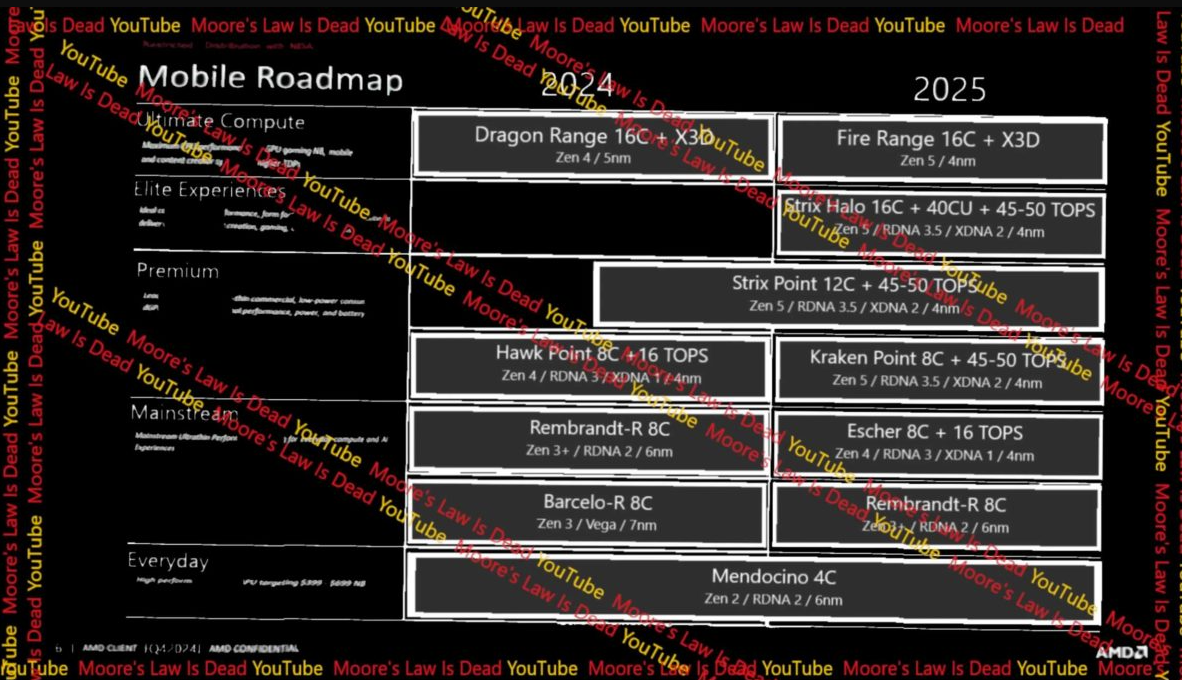Thick Thighs Save Lives
Gold Member
Don't expect Steam Deck 2.0 anytime soon, Valve has said, as the technology to launch a handheld with an adequately beefy jump in power just doesn't yet exist.
Speaking to Eurogamer ahead of today's Steam Deck OLED announcement, Valve engineers discussed the features it is adding to its shinier new handheld model that were not possible to provide back when the original Steam Deck debuted.
The company also said it was working on game projects - plural - right now which were still targeting current Steam Deck hardware performance levels (which remain unchanged in the OLED).
"Both the screen and the battery were fairly obvious things we'd have liked to do early on," Valve veteran and Steam Deck product designer Greg Coomer told me, when discussing what the company had most wanted to improve with the launch of Steam Deck OLED.
"But the screen, I think it's the biggest example of something we would have shipped in the first-generation model but we weren't able to do so because OLED screens with these characteristics in this size just did not exist.
"Back then, we really couldn't engage with a display manufacturer to do exactly what we were after because they didn't really understand the product category, or who would be buying the screen, or why it would matter. Now that picture has changed and we're able to get custom work done."
Other new features for Steam Deck OLED have been prompted by user feedback, such as the importance of having a dedicated Bluetooth antenna for situations when people were playing docked to a TV with a lot of Bluetooth controllers. Coomer noted that Valve had also seen a number of requests for a longer power cable, which the OLED model now includes.
But what couldn't Valve include? Or at least, not include yet? Valve hardware engineer Yazan Aldehayyat said that "even more performance" was the answer - and it was here we entered the territory of what Valve would consider a full Steam Deck 2.0.
"Obviously we'd love to get even more performance in the same power envelope, but that technology doesn't exist yet," Aldehayyat said. "That's what I think we'd call a Steam Deck 2.0.
"The first Steam Deck was the first moment in time where we felt like there was enough GPU performance in a portable form factor that lets you play all your Steam games. We would love for the trend of perf-per-watt to progress rapidly to do that, but it's not quite there yet."
On the upside, this means that Steam developers still have a single perfomance point to hit when ensuring their games run well on the Steam Deck platform, whether the original model or the new OLED.
But how about Valve's own games? Had it been tempted to create something new to show off its shinier handheld hardware?
"There is work like that going on at Valve but we're not debuting a piece of content that is tailored to the OLED screen," Coomer replied.
"I think even when we shipped the first version of Steam Deck it was surprising to a lot of people that we didn't really orient a lot of our own games - or create a new game - specifically targeted to our hardware or exclusive to Steam Deck. We're basically conducting ourselves the same way roughly where we don't have title that is imminent that we're going to unveil with the launch of OLED.
"But all of the titles - a lot of which exist but some are unannounced - are definitely targeting this device. So over time you'll see that from Valve but not in a big splash at the moment of launch."
Lastly, Valve discussed the issue of being able to self-repair devices - something that Steam Deck OLED leans into by being easier to open up and fiddle around with.
"When you open the Steam Deck the method of doing so is now a series of machine screws with metal threads, as opposed to screws that went directly into plastic," Coomer said. "It used to be a little bit of a destructive act, you'd degrade the plastic a bit every time you removed or put those screws back in. To some degree you'd be degrading the Steam Deck's ability to remain intact if you dropped it. Now that's no longer the case."
The importance of giving users the ability to tinker with their own devices is not lost on a company built on serving the PC market, Coomer continued.
"We basically believe in users having control over the things they purchase. As a company, we're definitely the beneficiary of operating in a space where these kind of things are open. We think having an open software stack is valuable, we think having users being able to control these things is valuable - including to put another operating system on it.
"But even having access to the hardware components, all of those things matter and we benefit when users have access to the full range of options, because users innovate with us when they have the ability to do so. Valve, as a business, we've always benefited from this openess from a PC ecosystem that treats devices and customers with open access. So we think going forward we will continue to benefit, customers will continue to benefit, and they can help each other benefit by making changes or modifications available to each other, so it lifts everybody."

Valve says "technology doesn't exist" yet for full Steam Deck 2.0
Don't expect Steam Deck 2.0 anytime soon, Valve has said, as the technology to launch a handheld with an adequately bee…
Ooops, this was posted while I was making mine. Anyway I added this Bloomberg article

Valve Announces New Steam Deck With OLED Screen, More Storage
The new handheld device will begin shipping on Nov. 16 and feature significantly improved visuals but no power boostwww.bloomberg.com
It's paywalled but here's an excerpt:
Steam Deck 2 is in the works, won't be available for at least 2-3 years. It'll feature a “next-generation” power upgrade "A lot of folks at the company are excited about this product," Yang said. "We are very invested in the Steam Deck."

Last edited:



